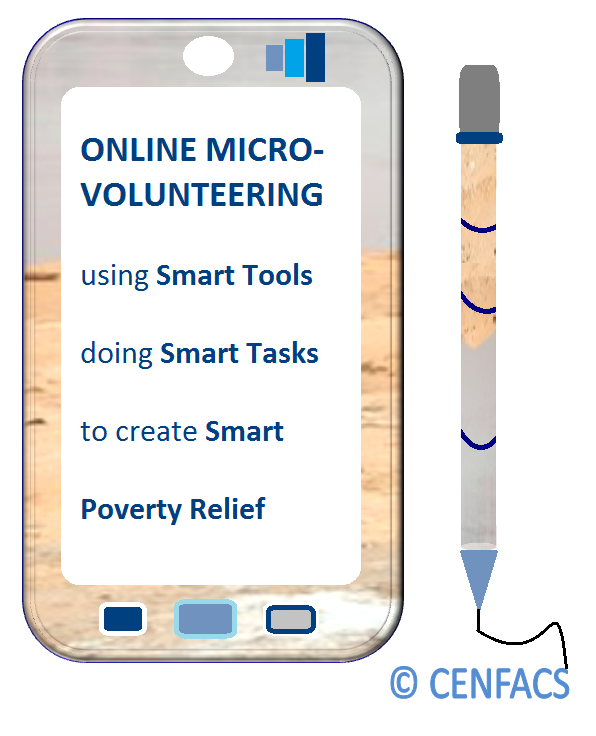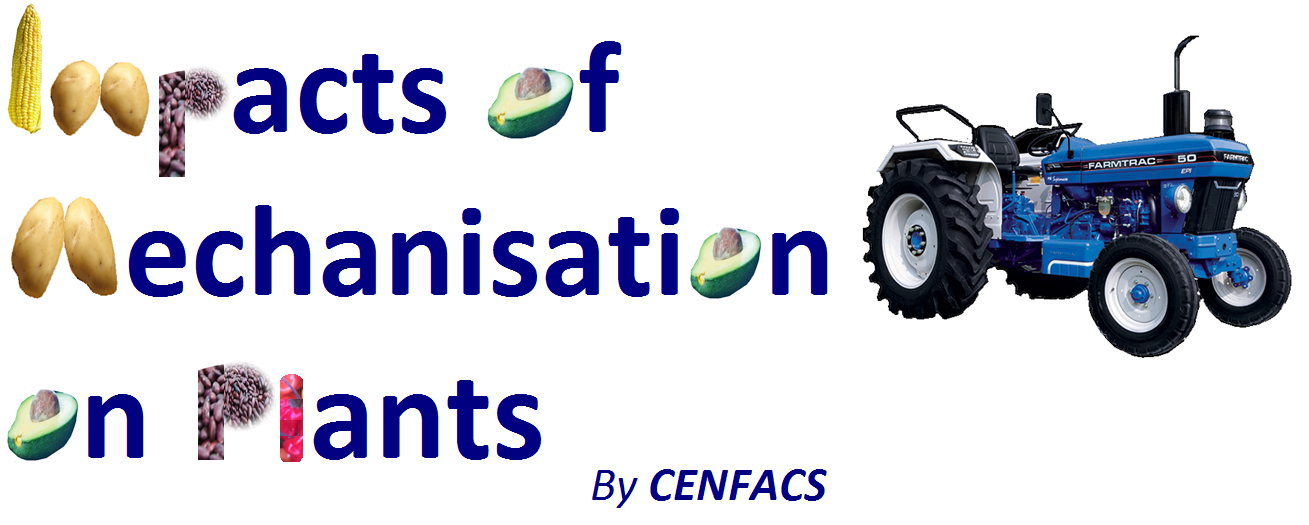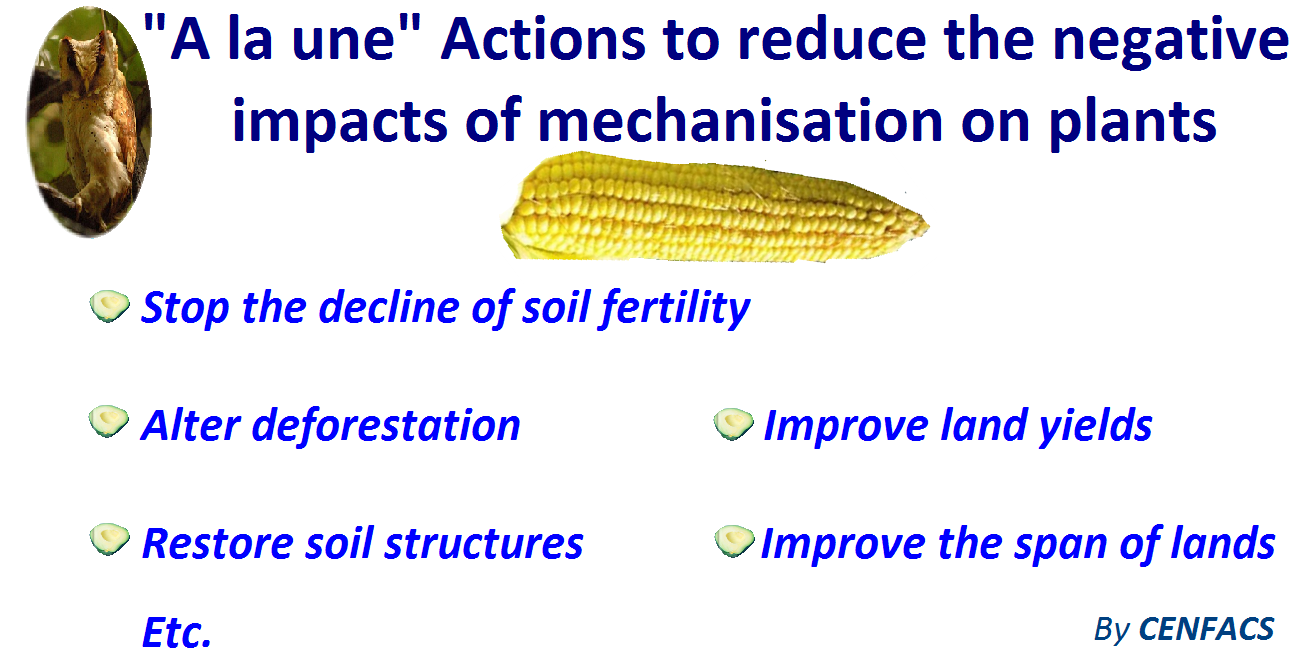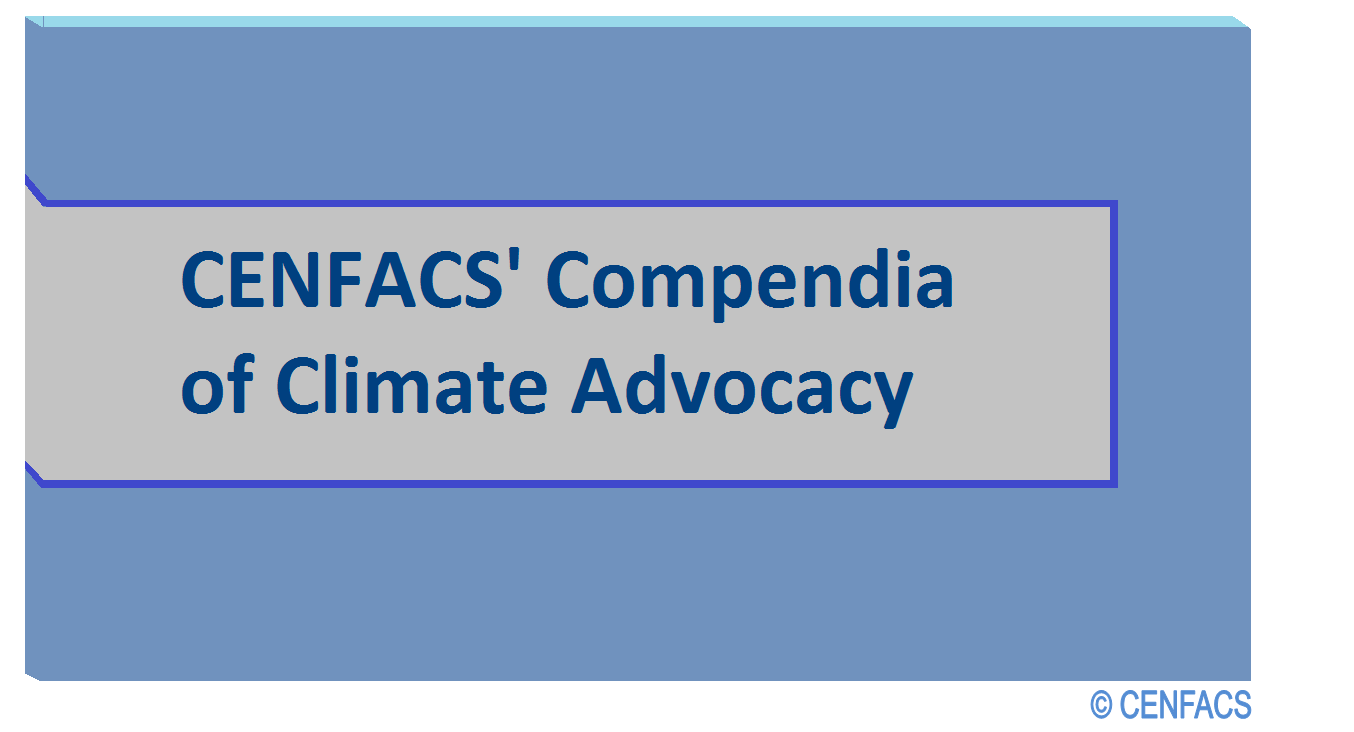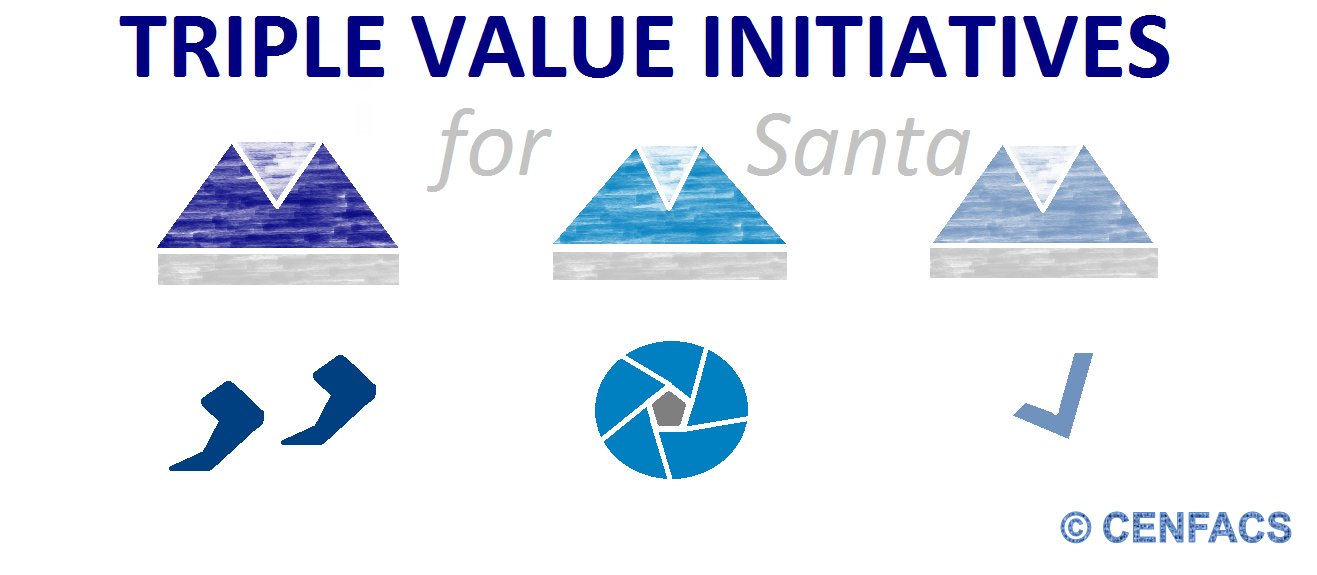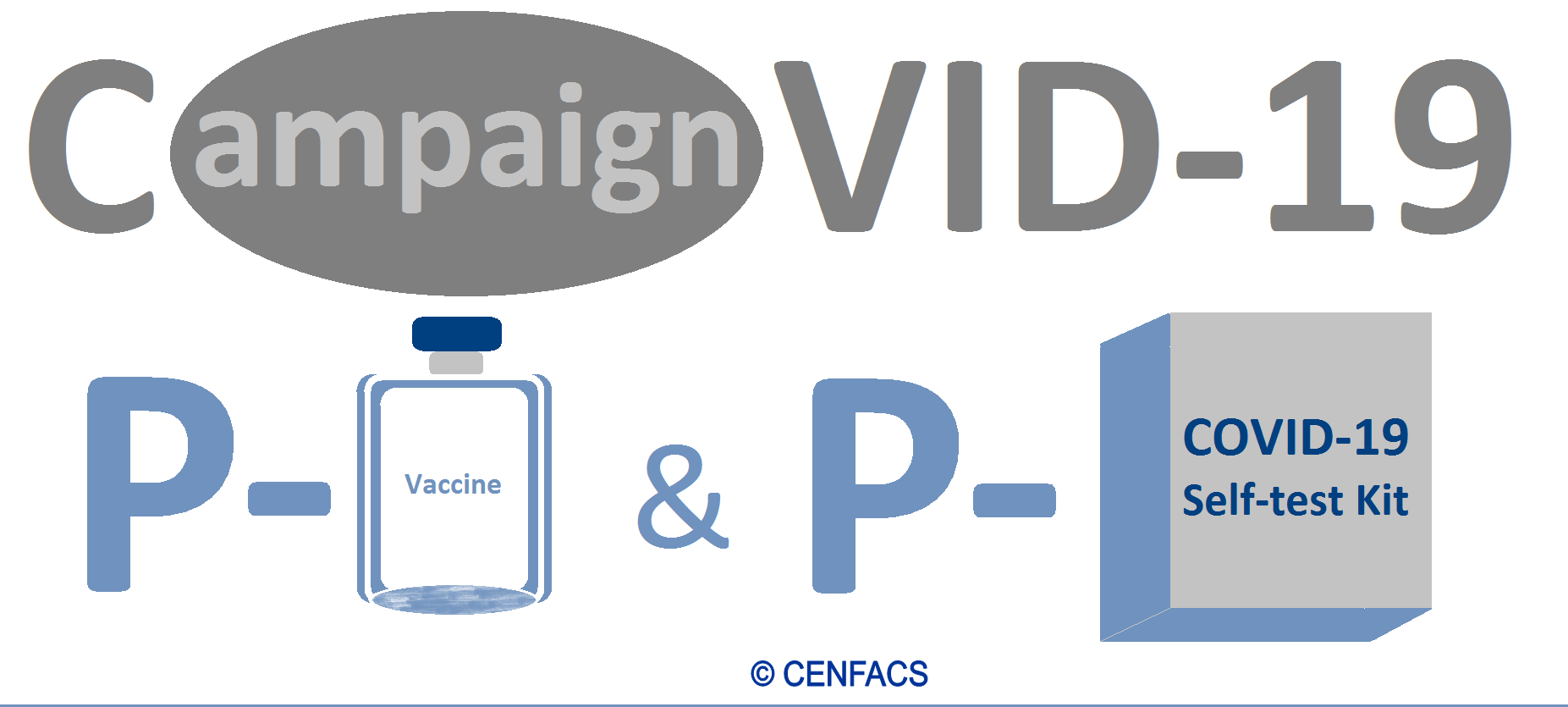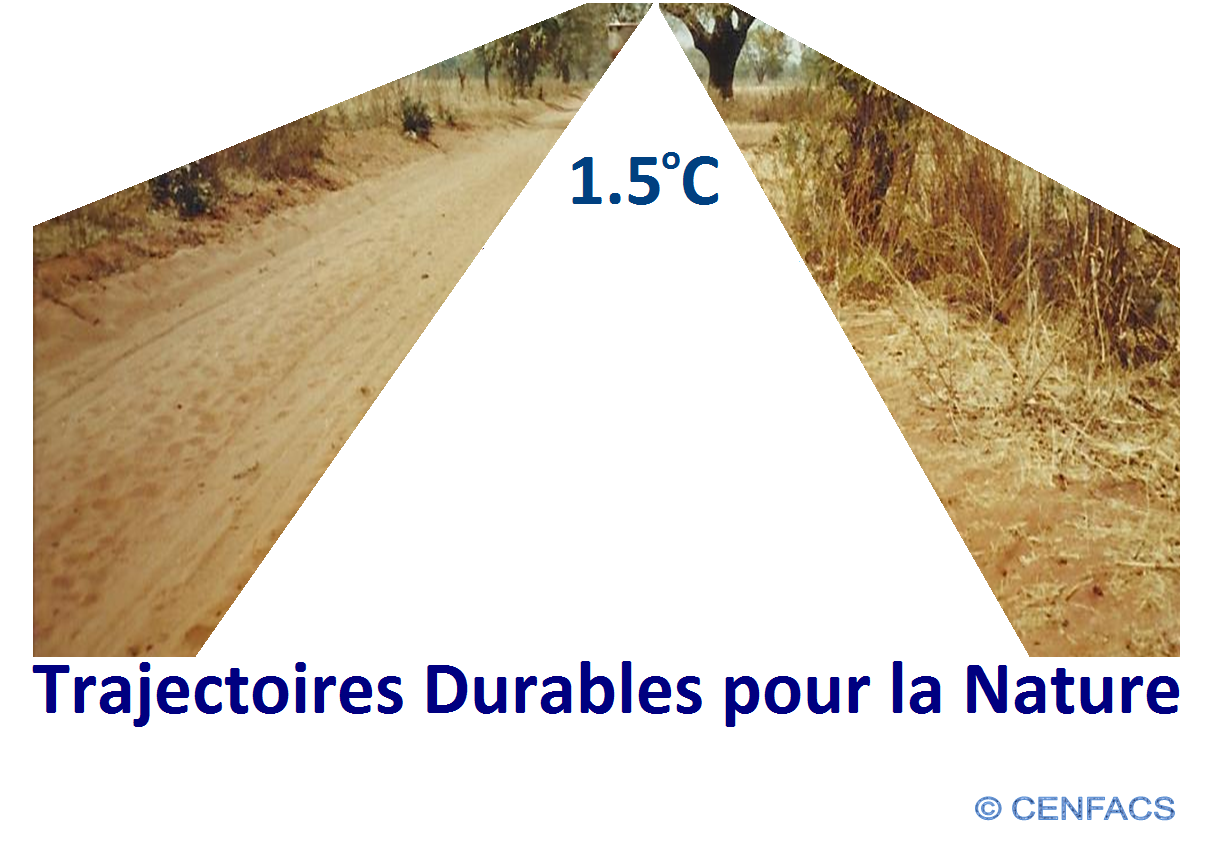Welcome to CENFACS’ Online Diary!
20 October 2021
Post No. 218
The Week’s Contents
• Online Micro-volunteering Activities
• 2021 “A la une” (Autumn Leaves of Action for the Upkeep of the Nature in Existence) Themed Activity and Action No. 2 from Week beginning 18/10/2021: Impacts of Agricultural Mechanisation on Plants
• Climate Protection and Stake for African Children – Phase 3: Additional 10 Campaigning Points (CENFACS’ Compendium 2 of Climate Advocacy)
… And much more!
Key Messages
• Online Micro-volunteering Activities
Our crusade about ways of getting involved with CENFACS in this Autumn continues its course as we are dealing with micro-volunteering action this week.
Indeed, as well as supporting CENFACS and its good causes with no direct cash donations, people can add up or think of alternative ways of involving with CENFACS. For example, they can micro-volunteer with us either online or offline or both.
Micro-volunteering with CENFACS is about undertaking or completing small tasks, that can be online or offline or both, to make up one of our main projects. While we recognise the importance of both online and offline tasks in our volunteering scheme (All in Development Volunteers), our focus on micro-volunteering in the context of this post will be on the online part of it.
Under the Main Development section of this post we have provided more information about online micro-volunteering activities.
• 2021 “A la une” (Autumn Leaves of Action for the Upkeep of the Nature in Existence) Themed Activity and Action No. 2 from Week beginning 18/10/2021: Impacts of Agricultural Mechanisation on Plants
The second action of the sub-theme of “A la une” Campaign, which is Safeguard of Crop Wild Relatives, deals with the Impacts of Agricultural Mechanisation on Plant Species.
Indeed, mechanisation (that is the replacement of manual labour with mechanical power or animal traction) can have positive and negative impacts on plant species. Thomas Daum et al. (1), who conducted a study on the impacts of agricultural mechanisation in four African countries (Benin, Kenya, Mali and Nigeria) by working with focus group discussions and by using the participatory impact diagrams, speak about these impacts while warning the danger of narrowing these impacts to yield and labour. They argue the need to go beyond the narrow view on yields and labour to consider other effects such as crop diversity, food prices, nutrition security, etc.
As far as “A la une” Campaign is concerned, the focus will be on negative impacts. We are interested in the causal chains of negative impacts or negative outcomes of mechanisation. As in the examples provided by Daum et al. (op. cit.), these negative impacts include the following:
conflicts between farmers and pastoralists; soil erosion; shorter useful life of land; soil fertility decline in the long term; deforestation; low yields in the long term; more herbicides; destruction of soil structures; soil vulnerability to rain and wind erosion; water logging and flooding; food shortages; indebtedness and distress sales of livestock, machinery and land for tractor owners in the long term; etc.
Many studies in Africa document the above named negative impacts of mechanisation. As “A la une” Campaign is about action not words only, we are working so that these negative impacts can be tackled if one wants to take the upkeep of the nature in existence seriously.
To support and campaign with us against the negative impacts of agricultural mechanisation on plants, please contact CENFACS.
• Climate Protection and Stake for African Children – Phase 3: Additional 10 Campaigning Points (CENFACS’ Compendium 2 of Climate Advocacy)
Last week, we dealt with 10 Climate Campaigning Points of CENFACS’ First Compendium of Climate Advocacy. This was part of the process of preparing ourselves on the way to COP26. This week, we are taking another challenge by working on additional 10 climate campaigning points of the second compendium. This is all part of a process of advocating better climate deals for children, particularly but not exclusively African children, in the context of global climate talks. We have listed below these ten additional points.
• • Compendium 2: Additional 10 Climate Campaigning Points of the Week on the Way to COP26
The ten points we are dealing with this week in the lead up to the COP26 include the following:
11) Mapping out of Climate Change Actions (i.e. activity that helped in identifying good actions for children taken locally and rating them)
12) The need for an increase of climate protection for children
13) The way in which an international credit system for carbon emission certificates will work for child protection
14) The position of the international climate community on finance climate protection for children abroad (e.g. African children)
15) The issue of financial and technical assistance to children affected by climate change
16) The percentage of fund that finances climate educational needs of children
17) The setting up of climate finance plans that are children friendly
18) The way in which clean air fund is helping children’s health
19) Climate protection matters related to children of least developed countries (amongst them some African countries)
20) Better climate governance that works for and benefits children’s welfare and well-being
Our work regarding the above mentioned campaigning points in the run up to the COP26 is to find ways of making sure that these points could be included in the deliberations that will take place in Glasgow without stealing the purpose and process of the global climate talks. It is also about having some insurance that the outcomes to be reached in Glasgow will positively reflect the points made above. One can hope that Glasgow could step it up and make it for children and the generations to come.
To support CPSAC-P.3 and the sub-theme of ‘Glasgow Steps It Up’ as well as any of the 28 Climate Campaigning Points of CENFACS’ Compendia of Climate Advocacy, please contact CENFACS.
Extra Messages
• Triple Value Initiatives for Santa: Raising Funds while Playing, Running and Voting for Poverty Reduction over the Long Festive Period
You can help CENFACS raise life-saving funds it needs for its good causes by making participants or interested parties to Triple Value Initiatives (or All-year Round Projects) to dress like Santa.
Participants and vested parties can then donate or sponsor your Triple Value Initiatives of Playing, Running and Voting for poverty reduction.
The income to be raised on these occasions can be donated to CENFACS. It will help to support those in most need so that they can navigate their way out poverty and hardships.
However, to raise funds via Triple Value Initiatives for Santa, one needs to first discuss the matter, their plan/idea with CENFACS. Together with CENFACS, we can better plan their/our fundraising drive and help deliver it in a smooth and hassle-free way while following the rules of the game.
To raise funds for Triple Value Initiatives for Santa to help CENFACS and its good causes, please contact CENFACS.
Just remember, do not forget to record and report your scores, results and fixtures about your Triple Value Initiatives (or All year-round Projects). At the end of the process of All year-round Projects and by the end of the year, one should be ready to announce the 2021 Action-Results for either of the project: Run or Play or Vote.
The final Action-Results will consist of finding out and revealing the following for this COVID-19 vaccination year:
√ The Best African Countries of 2021 which best reduce poverty
√ The Best African Global Games Runners of 2021
√ The Best African Development and Poverty Relief Managers of 2021
If you have not yet thought about this finding or revelation, please start thinking right now and have your say about it!
• Sustainable Trajectories for the Nature with…
Actions to Reduce and or Stop Rising Temperatures during the Post-coronavirus Recovery Period
Sustainable Trajectories for the Nature (STN), which is part of the “A la une” Campaign, is also an environmental campaign on its own. This is because its contents are intertwined with some of the aspects of the “A la une” Campaign.
Under the STN, we are looking at Sustainable Trajectories in terms of the following trajectories:
∝ Temperature
∝ Sea levels
∝ Wildlife population
∝ Greenhouse gas emissions during the post-coronavirus recovery period
During COVID-19 lockdowns, there were some good results and news about the reduction of air pollution, electricity, transport use, industrial activity and noise in some big cities of the world including London and Kinshasa. Many confined places (in countries such as China) recorded low levels of energy demand and CO2 emissions.
However, do these good results suggest the decreasing pattern of temperatures in relation to the climate goal of reducing the global temperature to 1.5 degrees Celsius or it was just an exception due to the COVID-19 confinement? Are we moving towards the net zero emissions by 2050 (that is, not adding to the amount of greenhouse gases in the atmosphere)?
Indeed, the Paris Agreement central aim is about strengthening the global response to the threat of climate change by keeping a global temperature rise this century well below 2 degrees Celsius above pre-industrial levels and to pursue efforts to limit the temperature increase even further to 1.5 degrees Celsius.
Our work under STN is about searching on actions taken so far to reduce rising temperatures by checking if we are moving towards a net-zero carbon emissions world in the post-coronavirus recovery period and beyond. In this respect, we are looking at the above trajectories (that is temperature, sea level, wildlife population and greenhouse gas emissions trajectories in terms of rising temperature) if they are moving in the way of the Upkeep of the Nature.
The above is the key message about the campaign for Sustainable Trajectories for the Nature. To enquire about it and or to add your input, please do not hesitate to contact CENFACS.
• African Organisations and Reduction of COVID-19-induced Poverty in Africa
End COVID-19-induced Poverty, which is part of COVID-19 Rehabilitation Strategies or Phase 3 of COVID-19 Campaign, is also about working with Africa-based Sister Organisations (ASOs) so that they can get the means and support they need in order to continue to work with their locals. By working together between the three of us (CENFACS, ASOs and African locals), the following can be achieved:
√ Working with African locals so that the level of coverage of COVID-19 vaccine and tests can be increased within these locals
√ Sensitising those locals who are still sceptical about COVID-19 vaccine and tests as they believe in African mystique, so that they can value the soundness of COVID-19 vaccine and testing programme
√ Supporting African locals who are still suffering from the multiple adverse effects of COVID-19-induced poverty
Through this campaign, we hope to work with ASOs and help reduce health poverty (i.e. lack of physical and emotional health) and other forms of poverty (like educational, environmental, economic, and social poverty) within these African locals.
To support this End COVID-19-induced Poverty Campaign, please contact CENFACS.
Tous les chemins mènent à Rome. Mais, toutes les lignes de consommation et production ne nous amènent pas à la préservation de la nature.
Pour conserver la nature, et ce réaliser les objectifs du développement durable d’ici à l’an 2030; s’il vous plaît créons, innovons et utilisons des trajectoires durables.
Le CENFACS plaide pour l’utilisation des trajectoires durables pour la nature (TDN).
TDN est un plaidoyer de CENFACS en faveur des droits de la nature.
Pour en savoir plus, veuillez contacter le CENFACS.
Main Development
• Online Micro-volunteering Activities
The coronavirus pandemic and its subsequent impacts have pushed us to go out of our way to innovate in increasingly using distance working technologies and means as physical or in-person activities were banned in order to protect the public health and keep the fight against the coronavirus in control. In this process of innovating, we found ourselves a niche in undertaking online micro-volunteering activities. Some aspects of online micro-volunteering activities already existed in the pre-pandemic era. The coronavirus has just increased the intensity and frequency of these activities.
However, what is online micro-volunteering and what does it involve for CENFACS? To explain it, we are going to deal with our understanding of it, the tasks that an online micro-volunteer can perform, the tools that he/she may use and the kind of poverty relief generated by online micro-volunteering activities.
• • Understanding online micro-volunteering
To understand it, let us refer to what Anna Patton said. Anna Patton (2) wrote on the Mission Box’s web page that
“Conscious actions for a good cause can also happen offline”.
One would think that she meant that conscious actions can be both online and offline. From what she argued, it is possible to deduct from her writing that online micro-volunteering is
“the use of online tools both to match volunteers to actions and to enable the completion of tasks from anywhere in the world”.
Online micro-volunteering is thus described within the literature as a situation in which a volunteer or team of volunteers is completing online small tasks or micro-actions that are part of a big project or programme. These internet-connected device tasks can be undertaken remotely, online, virtually, in the cloud, etc. They can be done in groups, individually, as one-off or regularly.
From this perspective, doing online micro-volunteering via CENFACS is about undertaking smart tasks with smart tools in order to produce smart relief from poverty and hardships.
• • Online micro-volunteering doing small smart tasks
Small tasks are micro-actions. From what Anna Patton said (op. cit.), these tasks need to be easy, no-commitment, cost-free, to take less than 30 minutes to complete, little or no formal agreement needed before a volunteer can get started, and no expectation that the volunteer will return, no long term commitment for the volunteer.
These tasks could be smart, that is specific, measurable, achievable, realistic and time-bound; as well as capable of generating and increasing support towards CENFACS’ good and deserving causes, especially at the time of COVID-19 post-vaccine and post-testing programmes.
These tasks briefly include any of the following:
√ Prospecting potential supporters
√ Running questionnaires
√ Recruiting new supporters
√ Engaging with supporters
√ Sending and receiving messages from supporter
√ Following the leads
√ Setting up an event online
√ Online sponsorship
√ Online crowd funding
√ Writing a blog post
√ Re-tweeting a message
Etc.
• • Online micro-volunteering done via smart communication tools
It is the use of internet connected devices or tools (such as smart phones, tablets, video calling devices, notebooks, laptops, cameras, drones, etc.) to re-engage with CENFACS audience and supporters as well as to recruit new supporters.
Smart communication tools include as well other devices designed to run or complete actions carried out by smart phones, tablets, notebooks, etc. These extra tools could be wireless printers, broad bands, messenger apps and so on.
Additionally, online micro-volunteering by using distance working and online technologies in our campaigns can help us to reach out to our supporters and Africa-based Organisations.
We understand that not every volunteer can afford to have them. This is why we often ask support with smart communication tools so that our volunteers (All in Development Volunteers) could be able to micro-volunteer smarter and deliver smart poverty relief.
• • Online micro-volunteering to achieve smart poverty relief
This additional way of working and engaging with our audience and supporters via online micro-volunteering has brought some opportunities. Amongst these opportunities or openings is that of creating smart relief, of reducing poverty symptoms for temporary relief which could lead to permanent relief.
In this respect, smart poverty relief is about prioritising resources and making sure that CENFACS’ poverty reduction system is helping to meet the needs of those in need as we undertake online micro-volunteering activities. In other words, when volunteers carry out micro-actions, they are not doing them for the sake of entertaining themselves or just passing their time with and for CENFACS.
Through their small online tasks, they are bringing their contribution, however little it can be, to the larger project or programme or picture of CENFACS. By adding up their small pieces of work/relief, one can get the sum of poverty relief, a big poverty relief. Online micro-volunteering could be smart when it contributes to the big picture of poverty reduction.
To enable us to continue our voluntary work, we are asking to those who can, both individuals and organisations, to support us with smart communication tools to enhance our online micro-volunteering action.
To support CENFACS with Smart Communication Tools to micro-volunteer doing Smart Tasks to deliver Smart Poverty Relief, please contact CENFACS.
_________
References
(1) Daum, T., Adegbola, Y.P., Kamau, G., Kergna, O.A., Dandu, C., Zossou, R.C., Crinot, G.F., Houssou, P., Mose, L., Ndirpaya, Y., Wahab A.A., Kirui, O., A. Oluwole, F.A., Impacts of agricultural mechanisation evidence from four African countries, Hohenheim Working Papers on Social and Institutional Change in Agricultural Development, 003-2020, University of Hohenheim
https://490c.uni-hohenheim.de/en/75736 (accessed October 2021)
(2) Anna Patton (2021), Micro-volunteering, Making a Difference in Minutes, (Originally published Dec. 2017) at https://www.missionbox.com/article/183/micro-volunteering-making-a-difference-in-minutes (accessed October 2021)
_________
Help CENFACS keep the Poverty Relief work going this year.
We do our work on a very small budget and on a voluntary basis. Making a donation will show us you value our work and support CENFACS’ work, which is currently offered as a free service.
One could consider a recurring donation to CENFACS in the future.
Donate to support CENFACS!
FOR ONLY £1, YOU CAN SUPPORT CENFACS AND CENFACS’ PROJECTS, JUST GO TO :Support Causes – (cenfacs.org.uk)
Thank you for visiting CENFACS website and reading this post.
Thank you as well to those who made or make comments about our weekly posts.
We look forward to receiving your regular visits and continuing support throughout 2021 and beyond.
With many thanks.
